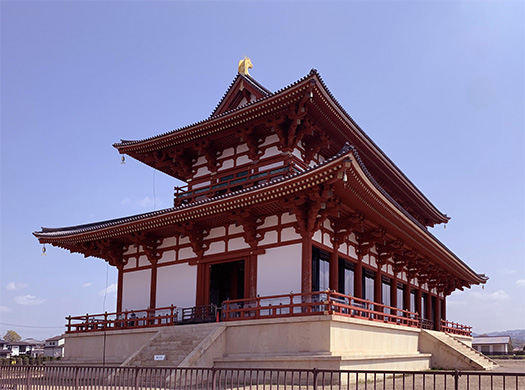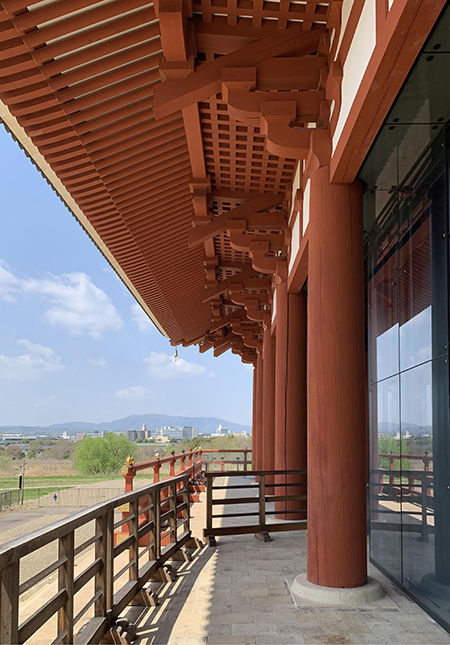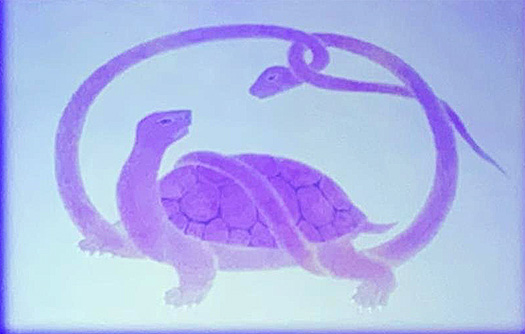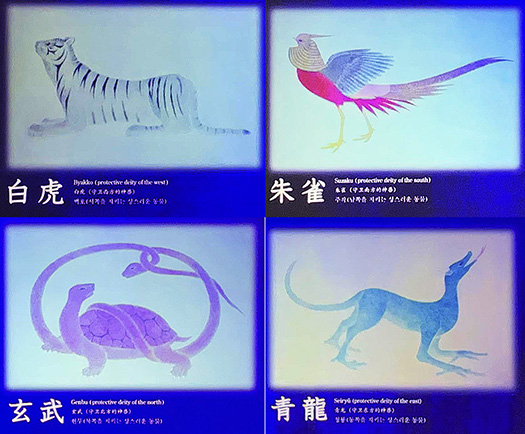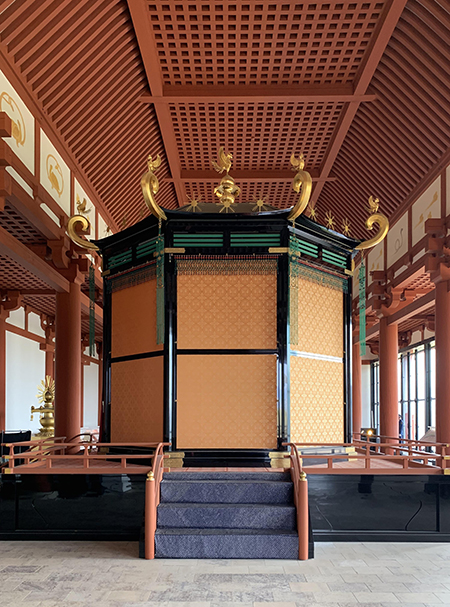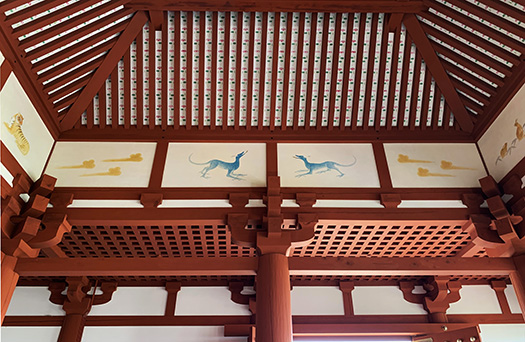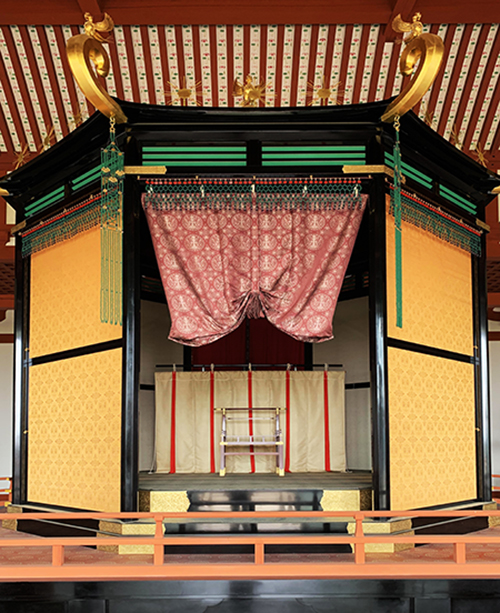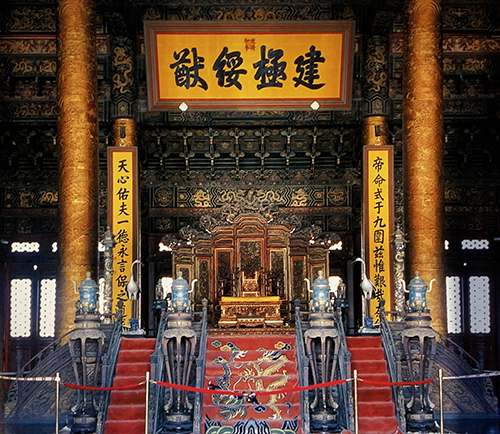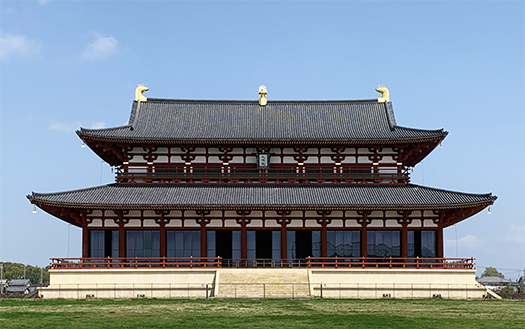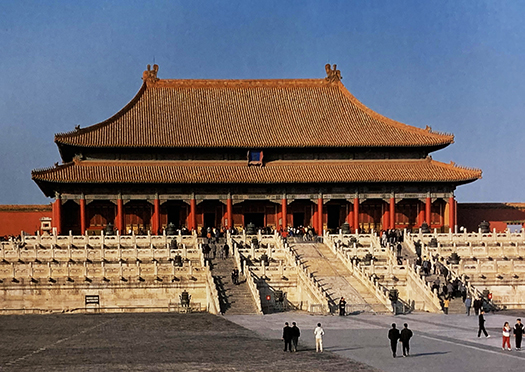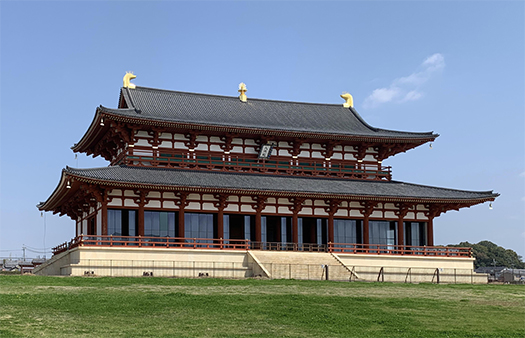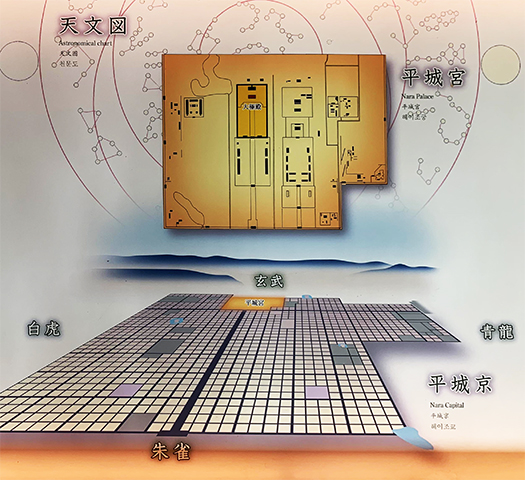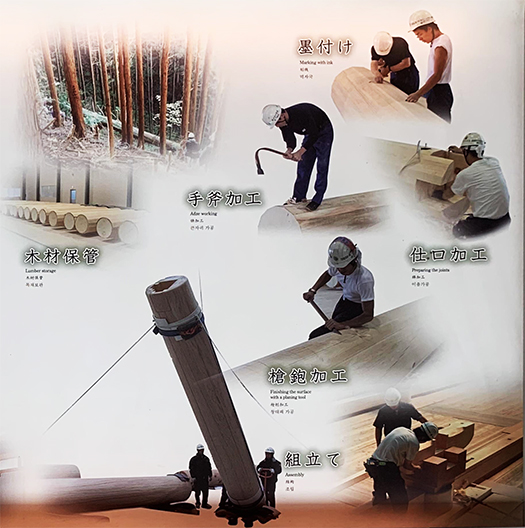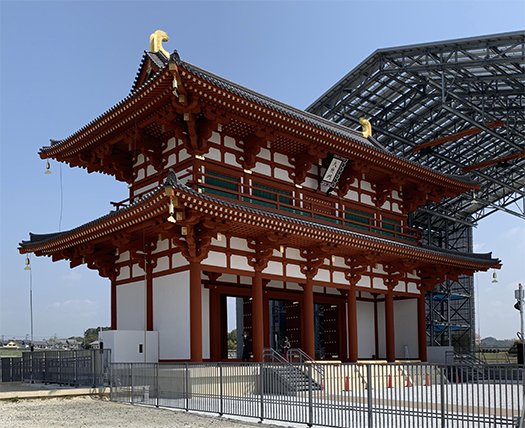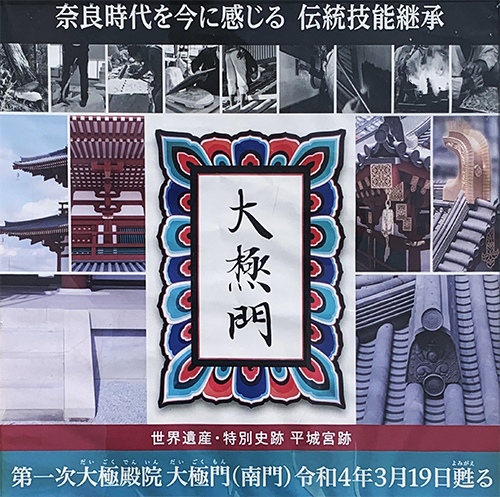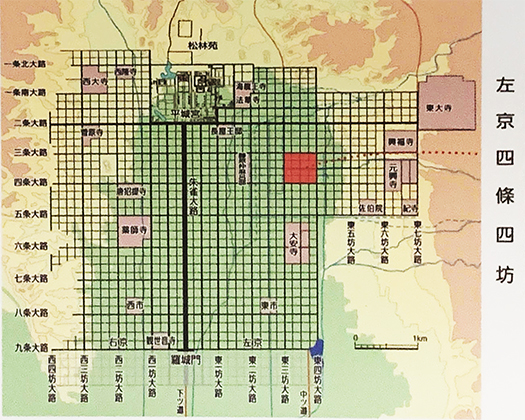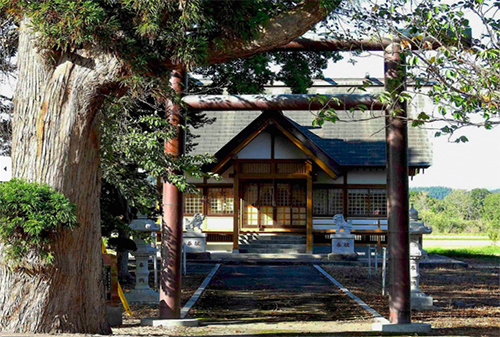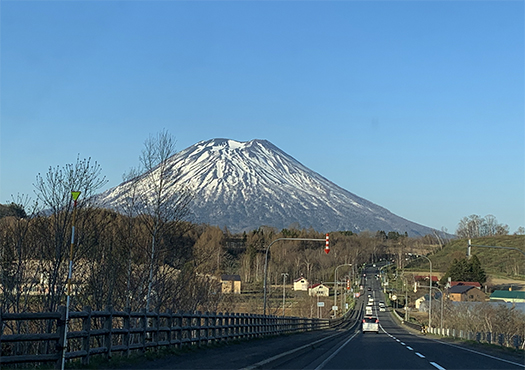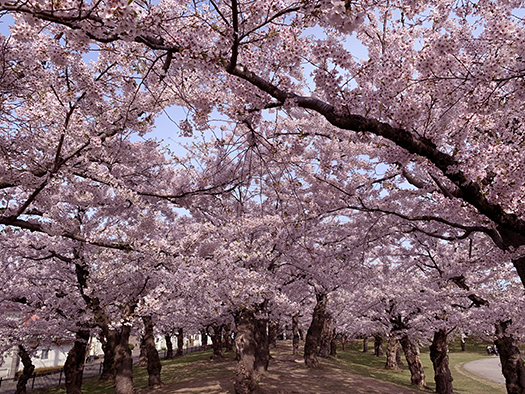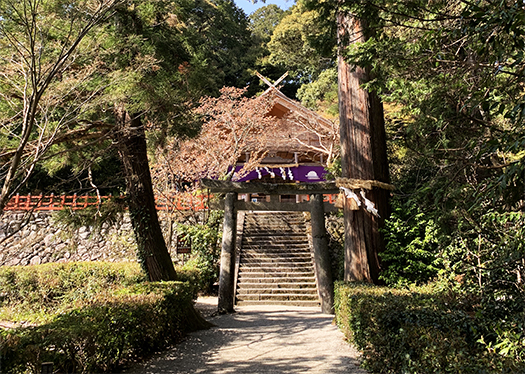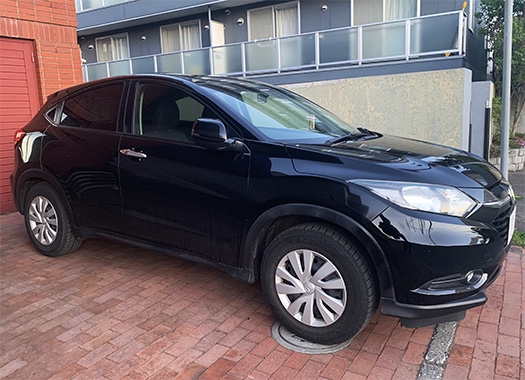
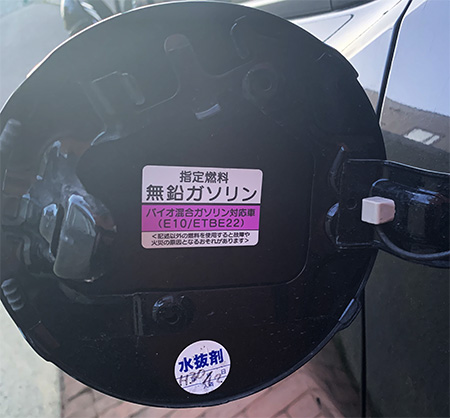
本日からGW明けの通常営業日であります、がんばるぞっと。
連休の間、お世話になっていた愛車でありますが、トラブル発生。
まったくうっかりしていたのですが、オイル点検を怠っていて
エンジンスタート時などやや異音を感じていた。
連休の谷間にメーカーに持ち込んでメンテナンスしてもらい復活。
その後は快適に復元しておりますが、大きな教訓。
実はクルマのメンテについては友人の経営していたガソリンスタンドで
給油する折に定期的にチェックしてもらっていて、
その作業中は友人と世間話などをするばかりですっかりお任せだった。
自分のクルマなのにセルフチェックがまったく忘却されていた次第。
で、世間の趨勢からそのガソリンスタンドが閉店したので
その後はセルフ給油オンリーで過ごしていたのです。
ということで、久しぶりにメーカーの人と会話する機会があった。
「いや、申し訳ありませんでした、ありがとう」
「まぁ大丈夫だとは思いますが、気をつけてください」
「ところで次の買い換えではそろそろ、EVとか、なのかなぁ?」
「・・・・・・・」
「どうなの?」
と、答を促したところ、ある時点から意を決したように発言が・・・。
ちなみにEVメーカーの象徴みたいなTESLA社の株式時価総額は110兆円。
昨年度販売台数は93.6万台。
一方日本の代表的メーカーのトヨタの株式時価総額は40兆円。
って、これはその前年度の23兆円からほぼ倍増しての金額。
で、昨年度販売台数は1,100万台。
販売台数ではそれこそケタ違いなのに、思惑入りの株相場では
反対に2.5倍超の逆転現象が生じている。
こういった「これから」アナウンスにすっかり慣れさせられているけれど、
これがまともなのかどうかは五里霧中。
世界的な脱石油の思惑の進行がそのまま株価評価に表れている。
「いまのところ、北海道ではEVは難しいと思います。
EVは発熱も少ないので冬場、スイッチONにしても車体から雪が落ちません。
充電状況で総距離に制限がかかるので急な走行にはムリがある。
充電には時間も掛かるのでスタンド充電に待ち時間も発生する。
自宅での太陽光発電からの充電についても各戸で数百万の費用負担が
はたして一般消費者に可能なのかどうか?」などなど、
さまざまなマイナス要因が当事者からマシンガンのように連射されていた。
足下では友人の会社ばかりではなく地方ではGS廃業が現実化して
GSのない市町村が増加することも避けられない趨勢。
また日本では温暖地域はその変化に耐えられるかも知れないけれど
寒冷地は不適応として放置されていく可能性も高い。
で、TESLAのイーロン・マスク氏は先頃Twitter社を買収した。
クルマの未来を支配し、同時にコミュニケーションの場も支配下に置く。
たしかに商売人としては大成功なのでしょうが、
ロシアによる現代世界秩序の破壊という状況の中で、
こういった方向に本当にすべてが収斂していくのかどうか、
そういえば氏からは自由の旗手のような反プーチン発言もあったけれど、
ひょっとしてオオカミ少年と独裁の結託なのではという不安も。
クルマの未来、どうも先行きは不透明ではないかと思えます。
English version⬇
What is the future of snowy and cold regions and cars?
Mask’s Twitter acquisition of TESLA, an environmental wolf-boy company, with a market capitalization of over 2.5 times that of a company with 930,000 cars compared to 11 million cars. …
Today is the first normal business day after GW, and I will do my best.
My car, which had been taken care of during the holidays, had a trouble.
I was totally careless, but I neglected to check the oil.
I had been feeling a somewhat strange noise when starting the engine.
During the trough of the consecutive holidays, I brought it to the manufacturer for maintenance and it was restored.
It has been comfortably restored since then, but a big lesson learned.
I had my car checked regularly when I refueled at a gas station owned by a friend of mine.
I had my car checked regularly when I refueled at a gas station owned by a friend of mine.
During the checkups, I just chatted with my friend and left the work to him.
I had completely forgotten about self-checking, even though it was my own car.
And then, the gas station was closed due to the trend of the world.
So, after that, I spent my time only with self-fueling.
So, after a long time, I had a chance to talk with a person from the manufacturer.
He said, “No, I am sorry, thank you.”
He said, “Well, I’m sure it’s fine, but please be careful.”
‘By the way, I wonder if it’s time for the next replacement, EV or otherwise?
“・・・・・・・”
How’s that?”
I urged him to answer, and at some point he made a statement as if he had made up his mind….
Incidentally, TESLA, which is like a symbol of EV manufacturers, has a market capitalization of 110 trillion yen.
Last year, it sold 936,000 vehicles.
On the other hand, the market capitalization of Toyota, Japan’s leading manufacturer, is 40 trillion yen.
This is almost double the amount of the previous year’s 23 trillion yen.
And the number of vehicles sold in the last fiscal year was 11 million.
While the sales volume is off the charts, the speculative stock market has been
In the stock market, on the other hand, the opposite is true, with a reversal phenomenon of more than 2.5 times.
We have become accustomed to these “from now on” announcements.
But whether or not this is the right thing to do is still in doubt.
The progression of global speculation on a global shift away from oil is directly reflected in stock valuations.
At the moment, I think it is difficult to use EVs in Hokkaido.
EVs generate little heat, so in winter, snow does not fall from the body when the switch is turned on.
The total distance is limited by the charging status, so there is no way to drive quickly.
Charging takes time, so there is a waiting time for charging at a gas station.
The cost of recharging from solar power at home is several million dollars for each household.
Is this really feasible for the average consumer? And so on.
The parties concerned were firing a barrage of negative factors like machine guns.
Not only my friend’s company, but also in rural areas, GS closures are becoming a reality.
In Japan, although warmer regions may be able to withstand such changes, the number of cities and towns without GSs is increasing.
In Japan, warm regions may be able to withstand such changes, but cold regions are likely to be left as maladaptive.
In Japan, while warmer regions may be able to withstand the changes, colder regions are likely to be left unadapted.
So, TESLA’s Elon Musk recently acquired Twitter, Inc.
He controls the future of the car, and at the same time, he controls the place of communication.
Yes, he is a very successful businessman, but
in the context of Russia’s destruction of the modern world order.
I wonder if everything is really going to converge in this direction.
Come to think of it, he has made some anti-Putin statements as if he were the standard-bearer of freedom, but I am not so sure.
I am also concerned that this may be a collusion between the wolf boy and dictatorship.
The future of automobiles seems to be very uncertain.
Posted on 5月 9th, 2022 by 三木 奎吾
Filed under: 日本社会・文化研究, 状況・政治への発言 | No Comments »


